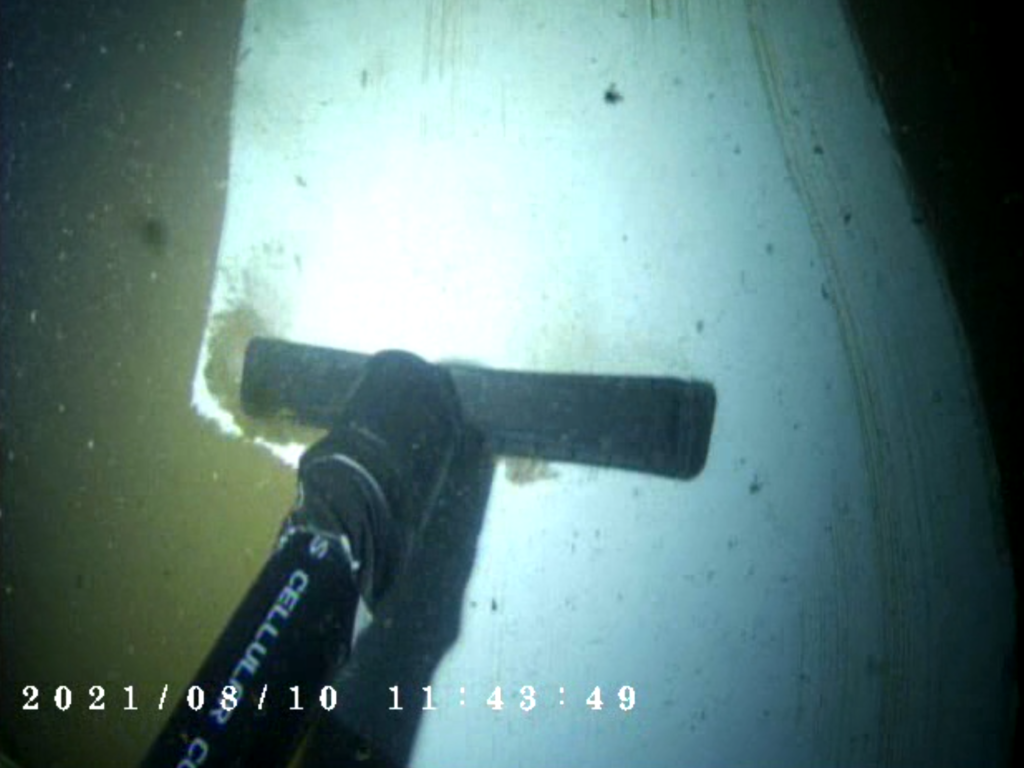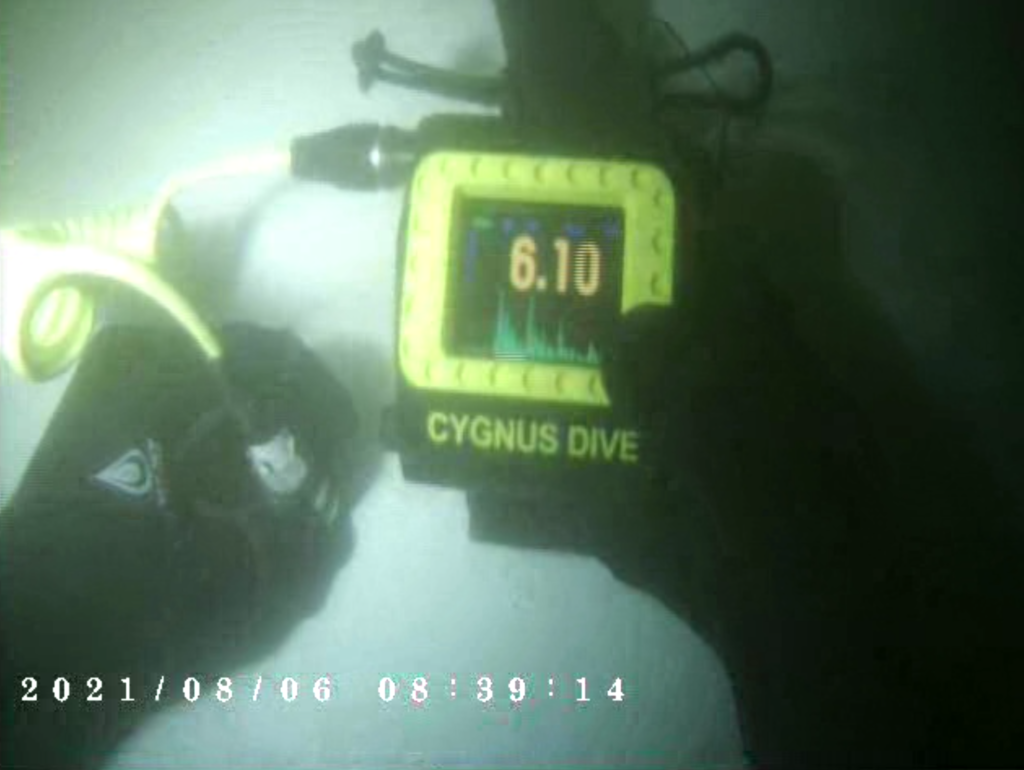The most crucial resource for supporting communities worldwide is water. Water is used in various ways, many of which we hardly ever see, whether for domestic, industrial, municipal, or commercial purposes. According to https://www.epa.gov/watersense/how-we-use-water, the United States alone utilises 327 billion gallons of surface water every day. However, from where does this water come?
In water storage tanks, there is a tremendous volume of surface water that is useable. According to MarketsandMarkets.com’s Market-Reports, the North American market for water storage systems is currently valued at US$3.4 billion and is projected to reach US$4.1 billion by 2024. Water that is structurally sound, clean, and safe for use in power generation, agriculture, mining, and domestic use must have these tanks inspected. Without regular checks, problems can develop quickly and silt can accumulate, jeopardising the water’s integrity and cleanliness.

TYPES OF WATER TANK INSPECTION
Depending on the situation, budget, or environment, there are a variety of water storage tank options to choose from. Each type comes with its own pros and cons, and are better suited for different purposes. Here are the eight most common types on the modern day market.
Fiberglass
Fiberglass tanks are becoming increasingly popular in modern settings. Compared to steel and aluminum, fiberglass is not subject to corrosion or rust. Weighing much less than concrete, fiberglass boasts a respectable strength-to-weight ratio. This makes it an excellent cost-effective option for both installation and long term water tank maintenance. Fiberglass tanks are commonly used for a variety of commercial settings, and can easily be coated for potable water storage.
Fiberglass tanks can be installed both above ground and underground. Underground installation allows for a large amount of water storage, without affecting the usability of the ground topside. These tanks can be completely covered, using a manhole style access point for inspections.
Pillow Tanks
Just as the name suggests, pillow tanks resemble that of a standard pillow. These tanks can be constructed of a variety of materials to store potable water, wastewater, stormwater, gray water, etc.. Their flexible design allows the tank to collapse down for simple transport, with smaller models capable of fitting into a backpack. Commonly used for farms, tree nurseries, firefighting, and military bases, pillow tanks can range from 25 gallons up to an impressive 210,000 gallons.
Concrete
Concrete is the heaviest of material options for storage tanks, however, it is also one of the most versatile. Concrete is in large supply all around the globe, making it an affordable and readily available option for most builds. Additionally, since concrete is a poor conductor of heat, it helps regulate water temperatures in hot climates.
Concrete tanks can be molded to countless shapes depending on the project, and typically last up to 50 years with proper maintenance. However, once degradation sets in, concrete is prone to cracking and has a relatively complex repair process. These tanks are popular permanent storage systems for potable water, rainwater, stormwater, or sewage.
Stainless Steel
Stainless steel water tanks are popular for their safety and durability in both commercial and residential storage. Stainless steel can handle a wide range of temperatures, doesn’t rust, and will not degrade in UV light. Typically used for small-mid size projects due to pricing, stainless steel tanks are commonly used for potable water and beverage production.
Bolted Steel
As the largest storage tank options, bolted steel tanks can be built to hold millions of gallons of water. Although steel can be subject to corrosion, there are treatment options available to avoid this and extend lifespan up to 40 years. These massive tanks are capable of safely storing potable water, and are best suited for large-scale permanent storage solutions. These projects can include the storage of city drinking water, fire protection, wastewater storage, or crude oil storage.
Corrugated/Galvanized Steel
Steel tanks were some of the first renditions of modern water storage. Costing considerably less than its stainless counterpart, galvanized steel is a viable option for lower budget or short-term projects. Since steel corrodes and rusts, it’s integral to have an interior poly lining to protect the material. Even with this poly lining, steel tanks can expect a lifespan of 10 – 20 years. Following a dedicated and cautious inspection process helps maintain the integrity of the lining. Any direct water exposure to the steel tank will induce corrosion and rust.
Polyethylene
Plastic tanks are renowned for their affordability and durability. Polyethylene tanks are built without any interior coating or seams, making for easier water tank maintenance over the long term. They are also completely resilient to corrosion or rust. While steel or concrete tank options can be built to much larger specifications, plastic tanks generally max out at 50,000 gallons. However, for larger projects, multiple poly tanks can be coupled together.

Ven-Tech Subsea serve the Municipal, Industrial, and Private Water Storage Industries across British Columbia, Alberta and Saskatchewan.
When it comes to standards and compliance for public health and safety, our dive team has a tremendous amount of experience, that can mobilize in a moments notice and respond appropriately in emergency situations.
Our divers are available and prepared to handle the most critical and challenging potable water projects. All of Ven-Tech Subsea’s associated in-tank equipment and divers are fully disinfected according to AWWA Standard C65c-02 prior to each dive.
All work can be performed while your system is full and operating in a normal manner, eliminating downtime and loss of storage capacity. Our standards exceed the requirements of the AWWA for diving in potable water tank storage systems, and all our operations are conducted in full compliance with Work Safe/WCB and CSA regulations.
We are experienced in the many challenges involved with inspection, maintenance/repair and construction diving, including; Confined Space, Working at Heights, Deep Water, Contaminated environments, no visibility and liquids other than water. (Water Tank Inspection)
